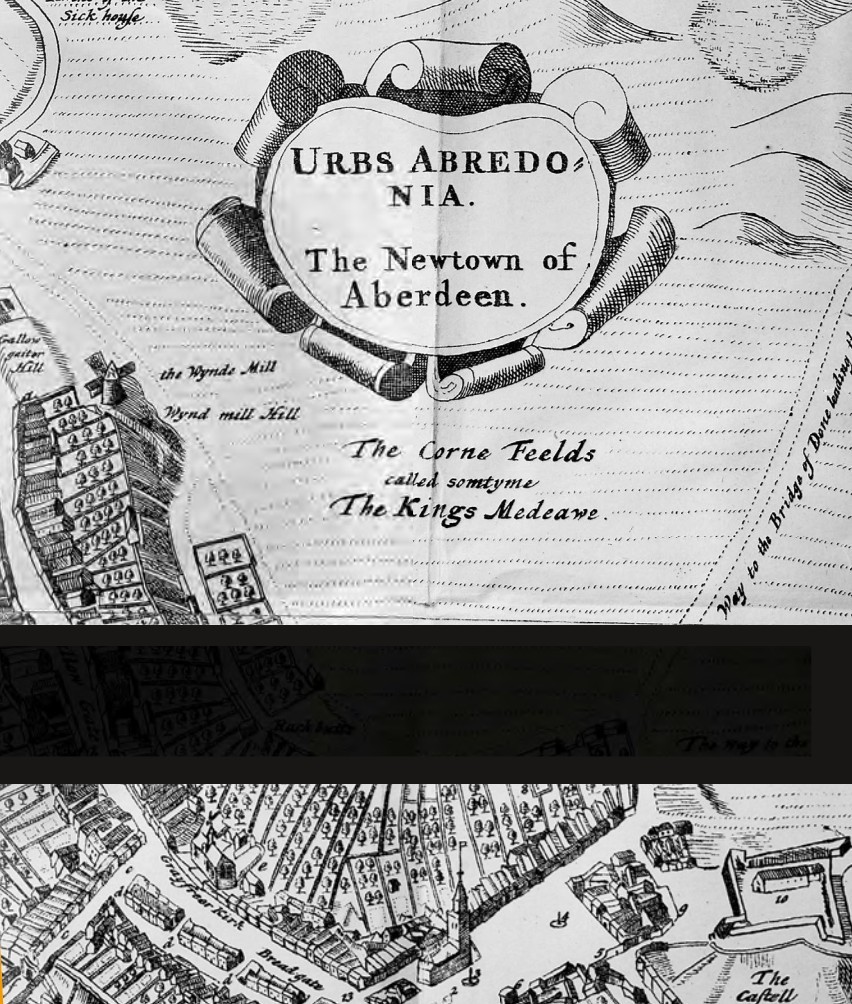
John Forbes of Corse, one of the six ‘Aberdeen doctors’

Part of a map of 1661, from James Gordon of Rothiemay’s plan of his home town of Aberdeen
On 28 February 1638, a group of Scottish presbyterians met at Greyfriar’s kirk in Edinburgh to present and sign the national covenant. The presentation of this document, a monumental event in early modern Scottish history, represented widespread discontent with ecclesiastical reforms advanced by King Charles I and the archbishop of Canterbury, William Laud. The king’s appointment of bishops, the introduction of the book of common prayer, and the institution of ‘popish’ practices (such as kneeling at communion) infuriated presbyterians who viewed royal oversight of the church as threatening the reformed faith and the stability of the post-reformation kirk. While the national covenant was eventually signed by ministers, noblemen and others throughout Scotland, it was not accepted universally or without opposition. In the more conservative northeast of Scotland, for example, the covenanters met great hostility whilst spreading their message. One particular oppositional group in this area, known to their contemporaries as ‘the Aberdeen doctors,’ consisted of six professors of divinity and ministers in the town, including John Forbes of Corse, Robert Baron, William Leslie, James Sibbald, Alexander Scroggie and Alexander Ross. Throughout 1638 and 1639, these six men waged a pamphlet war with covenanter leaders Alexander Henderson, David Dickson and Andrew Cant to prevent subscriptions and urge obedience to King Charles.